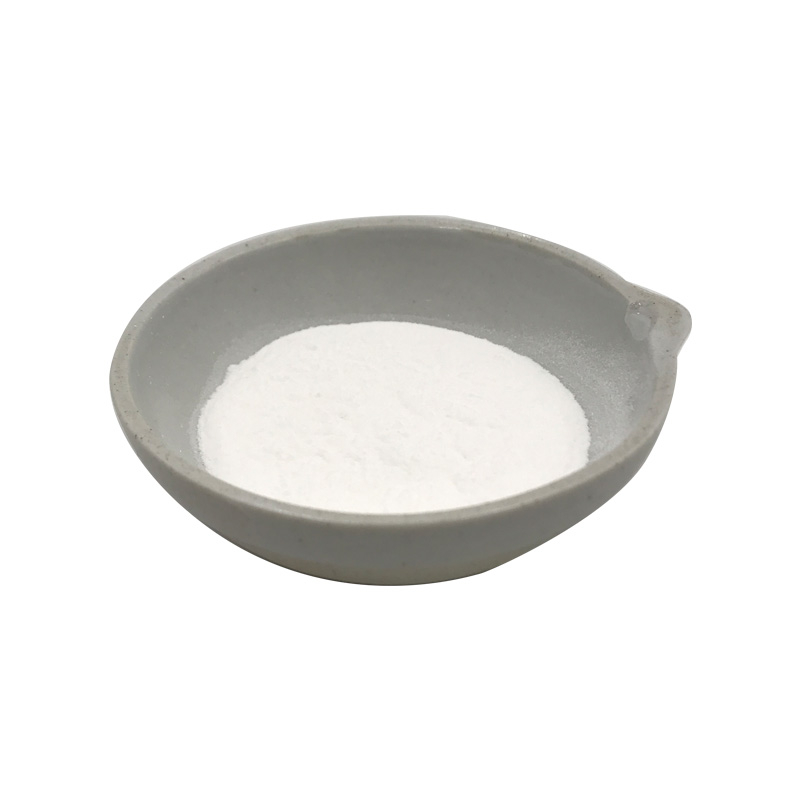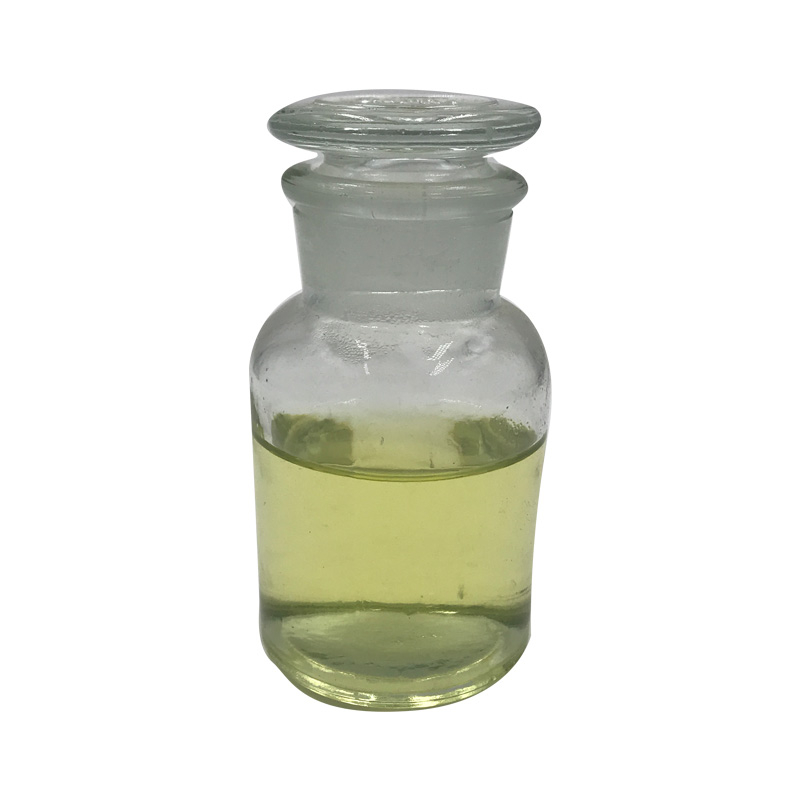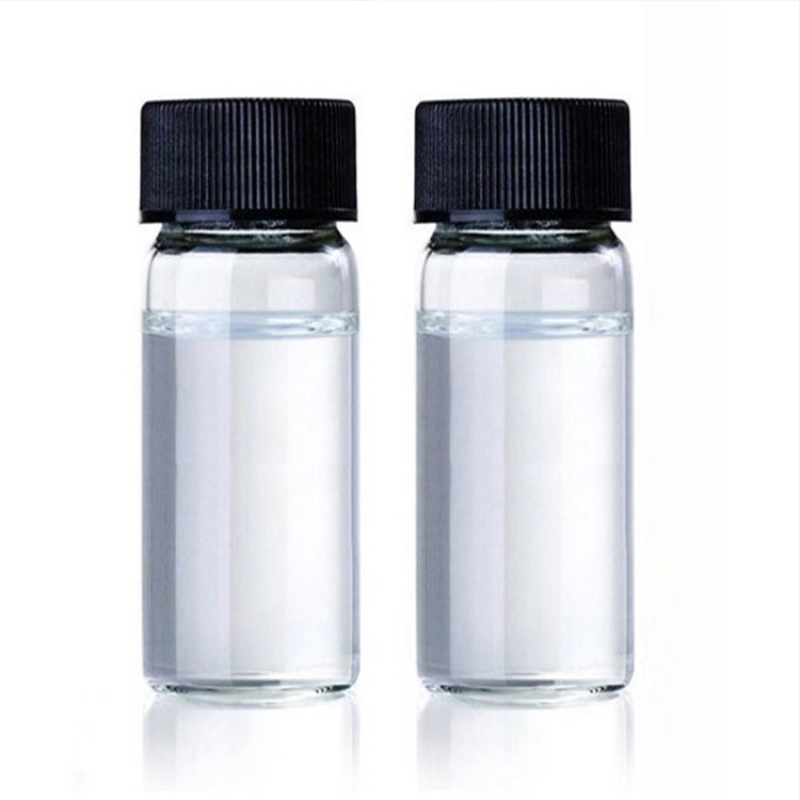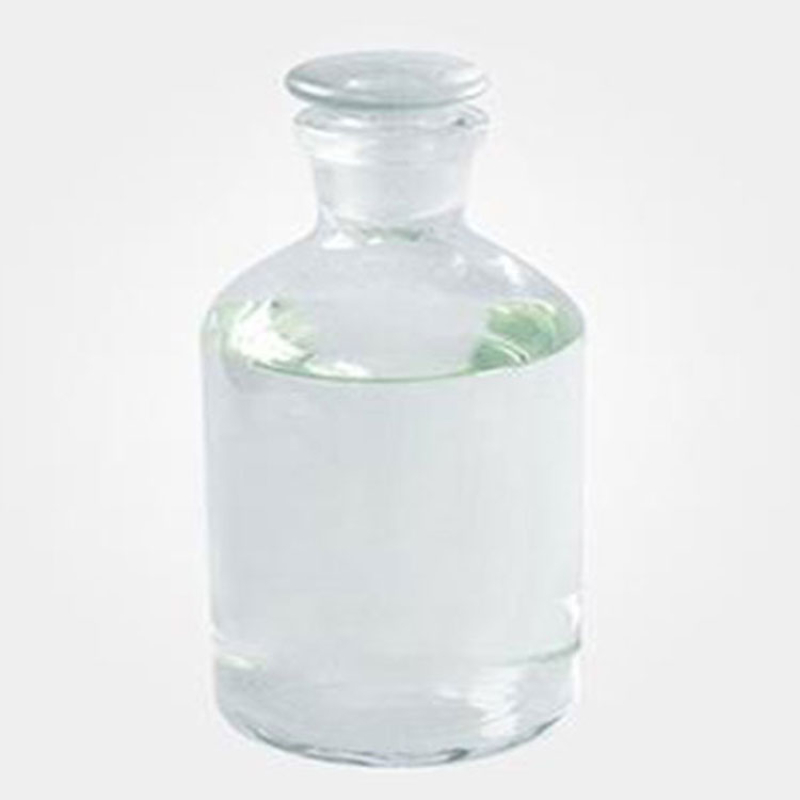Products Description of 2-Aminothiazole-4-acetic acid CAS#29676-71-9 It is prepared by condensing ethyl chloro or bromoacetyl acetate with thiourea and then hydrolyzing it.2-Aminothiazole-4-acetic acid Chemical PropertiesMelting point 130 °C (dec.)(lit.)Boiling point 399.0±17.0 °C(Predicted)density 1.367 (estimate)vapor pressure 1.03-1.15hPa at 20℃refractive index 1.6430 (estimate)storage temp. -20°Csolubility DMSO (Slightly)pka3.20±0.10(Predicted)form solidcolor WhiteWater Solubility 6.5 g/L (20 ºC)BRN 127415Stability:Unsta
Contact Now
Products Description of Acetic acid CAS#64-19-7Acetic acid, commonly known as acetic acid (AcOH), is named after the main component of vinegar and is one of the most important fatty acids. It generally exists in many plants in free form or in the form of esters in nature. Molecular formula CH3COOH. The brewing and use of vinegar has a history of thousands of years. There are records of vinegar making in ancient China. However, concentrated acetic acid was successfully developed by Stahl in 1700. Pure acetic acid is a colorless liquid with a pungent taste.
Contact Now
Product Overview: Industrial-Grade Acetic AcidIntroducing our high-quality Acetic acid mass CAS#64-19-7, a versatile chemical solution designed to meet the needs of manufacturers and industrial users worldwide. Known for its effective properties and stable quality, this product serves as an essential building block across various applications in numerous industries.Pure Acetic Acid:Our Pure Acetic Acid, with the chemical formula CH3COOH, is meticulously produced to ensure the highest level of purity.
Contact Now
Product Overview: Industrial-Grade Acetic AcidIntroducing our high-quality Industrial-Grade Acetic Acid (CAS #64-19-7), a versatile chemical solution designed to meet the needs of manufacturers and industrial users worldwide. Known for its effective properties and stable quality, this product serves as an essential building block across various applications in numerous industries.Product Details:Chemical Composition and PurityOur Industrial-Grade Acetic Acid is a reliable form of pure acetic acid known for its exceptional purity and consistency.
Contact Now
Glacial Acetic Acid CAS# 64-19-7Product Overview:Glacial acetic acid, scientifically known as ethanoic acid, is a colorless, corrosive liquid that plays a pivotal role in various industrial processes. With the chemical formula CH₃COOH and the unique identifier CAS#64-19-7, it is a versatile compound that is widely recognized for its effectiveness in a multitude of applications.Market Relevance:In the dynamic industrial sector, the demand for high-quality chemicals is ever-increasing.
Contact Now
Industrial-grade acetic acid CAS#64-19-7Chemical Properties:Our Industrial-Grade Acetic Acid, a carboxylic acid with the molecular formula C2H4O2, boasts a melting point of 16.63°C and a boiling point of 117.9°C, making it a liquid at room temperature with a refractive index of 1.3716 and a density of 1.048. It is miscible with water and ethanol, forming a hydrophilic and polar protic solvent that dissolves in water and is widely used in industrial processes.Reactivity and Corrosion:Acetic acid is known to corrode certain metals such as magnesium, zinc, and iron, forming acetate salts.
Contact Now
Acetic acid formula CAS#64-19-7Product Overview:Glacial acetic acid, scientifically known as ethanoic acid, is a colorless, corrosive liquid that plays a pivotal role in various industrial processes. With the chemical formula CH₃COOH and the unique identifier CAS#64-19-7, it is a versatile compound that is widely recognized for its effectiveness in a multitude of applications.Market Relevance:In the dynamic industrial sector, the demand for high-quality chemicals is ever-increasing.
Contact Now
Products Description of 4-Chloro-2-nitrobenzoic acid CAS#6280-88-2 4-Chloro-2-nitrobenzoic acid, also known as p-chloro-o-nitrobenzoic acid, is an important organic intermediate used in a variety of production fields such as pesticides, medicines, and dyes.
Contact Now
Products Description of 4-(2-Tetrahydropyranyloxy)phenylboronic acid CAS#182281-01-2Phenylboric acid is a chemical substance with the chemical formula C11H15BO4.4-(2-Tetrahydropyranyloxy)phenylboronic acid Chemical PropertiesMelting point 117-124 °CBoiling point 411.3±55.0 °C(Predicted)density 1.21±0.1 g/cm3(Predicted)storage temp. Keep in dark place,Sealed in dry,Room Temperaturesolubility soluble in Methanolform powder to crystalpka8.63±0.16(Predicted)color White to Light yellowCAS DataBase Reference182281-01-2(CAS DataBase Reference)Safety Information
Contact Now
Products Description of Acetylacetone CAS#123-54-6This product is a colorless or slightly yellow transparent liquid with an unpleasant odor, m.p.-23℃, b.p.140.4℃, n20D1.4520, relative density 0.975, miscible with organic solvents such as ethanol, ether, chloroform, acetone, glacial acetic acid, and soluble in water.
Contact Now
l-Glutamic acid, N-coco acyl derivs., disodium salts Chemical Propertiesdensity 1.318[at 20℃]vapor pressure 0Pa at 20℃pka1.52[at 20 ℃]Water Solubility 450g/L at 20℃LogP-4.48 at 20℃EPA Substance Registry SystemL-Glutamic acid, N-coco acyl derivs., disodium salts (68187-30-4)Factory and Equipment ShowFast delivery timeInventory 2-3 working days New production 7-10 working days
Contact Now
Products Description of 4-Pyridazinecarboxylic Acid CAS#50681-25-94-Pyridazinecarboxylic Acid is a commonly used chemical raw material, often used as a pharmaceutical intermediate.4-Pyridazinecarboxylic Acid CAS#50681-25-9 Chemical PropertiesMelting point 244.2 °C (dec.) (lit.)Boiling point 404.2±18.0 °C(Predicted)density 1.403±0.06 g/cm3(Predicted)storage temp. Sealed in dry,Room Temperatureform powder to crystalpka3.18±0.10(Predicted)color White to Almost whiteInChIInChI=1S/C5H4N2O2/c8-5(9)4-1-2-6-7-3-4/h1-3H,(H,8,9)InChIKeyJUSIWJONLKBPDU-UHFFFAOYSA-NS
Contact Now
Products Description of Thiosalicylic acid CAS#147-93-3Thiosalicylic acid, o-mercaptobenzoic acid, white triclinic crystals or white solids. Soluble in ethanol and glacial acetic acid, slightly soluble in water. Used in the preparation of thioindigo dyes, and also used as a reagent for iron analysis.
Contact Now
Products Description of Ethyl 2-hydroxybenzoate 98% CAS#118-61-6Ethyl salicylate is a colorless oily liquid with a light wintergreen oil aroma. Boiling point is 234℃, melting point is 1.3℃. Soluble in ethanol, ether, acetic acid and most non-volatile oils, slightly soluble in water and glycerin. Used in organic synthesis or preparation of spices, and also used as solvent. The production method is obtained by esterification of o-hydroxybenzoic acid (i.e.
Contact Now
Products Description of 1,8-Naphthalic anhydride CAS#81-84-5It precipitates needle-shaped crystals in ethanol and rhombus-shaped crystals in acetic acid.
Contact Now
Products Description of 4-Morpholineethanesulfonic acid CAS#4432-31-92-Morpholineethanesulfonic acid is a white solid powder at room temperature and pressure. It is soluble in polar solvents such as water, ethanol, methanol, and acetone, but insoluble in non-polar solvents. Its molecular structure contains a morpholine ring and an ethanesulfonic acid group. The morpholine ring is a nitrogen-containing heterocyclic compound with high stability and inertness, and has no obvious toxicity or irritation to organisms.
Contact Now
BIS(2-METHACRYLOXYETHYL) PHOSPHATE Chemical PropertiesBoiling point 221 °C(lit.)density 1.28 g/mL at 25 °C(lit.)refractive index n20/D 1.47(lit.)Fp >230 °Fstorage temp. 2-8°Cpka1.29±0.50(Predicted)EPA Substance Registry System2-Propenoic acid, 2-methyl-, phosphinicobis(oxy-2,1-ethanediyl) ester (32435-46-4)Safety InformationHazard Codes XiRisk Statements 36/37/38Safety Statements 26-36WGK Germany 3HS Code 29199000Product Application of BIS(2-METHACRYLOXYETHYL) PHOSPHATE CAS#32435-46-4 Used in resin and
Contact Now
Products Description of 4-(4-Aminobenzyl)piperazine-1-carboxylic acid tert-butyl ester CAS#304897-49-24-(4-Aminobenzyl)piperazine-1-carboxylic acid tert-butyl ester is a carboxylic acid ester derivative and can be used as a pharmaceutical intermediate.4-(4-Aminobenzyl)piperazine-1-carboxylic acid tert-butyl ester Chemical PropertiesBoiling point 413.6±40.0 °C(Predicted)density 1.136±0.06 g/cm3(Predicted)storage temp. under inert gas (nitrogen or Argon) at 2–8 °Cpka7.16±0.10(Predicted)Safety InformationHS Code 2933599590Product Application of 4-(4-Aminobenzyl
Contact Now
Products Description of 2-Ethyl anthraquinoneCAS#84-51-5Pale yellow solid, melting point lower than anthraquinone, soluble in benzene, can be recrystallized from ethanol or acetic acid, melting point 108℃.2-Ethyl anthraquinone Chemical PropertiesMelting point 108-111 °C (lit.)Boiling point 180-190°Cdensity 1.27 g/cm3 (21℃)vapor pressure <1 hPa (25 °C)refractive index 1.6290 (estimate)Fp >210°Cstorage temp. Store below +30°C.solubility 0.00025g/lform powder to crystalcolor Light yellow to Amber to Dark greenWater Solubility Insol
Contact Now
Products Description of BIS(2-Methacryloxyethyl)phosphate CAS#32435-46-4 BIS(2-METHACRYLOXYETHYL) PHOSPHATE Chemical PropertiesBoiling point 221 °C(lit.)density 1.28 g/mL at 25 °C(lit.)refractive index n20/D 1.47(lit.)Fp >230 °Fstorage temp. 2-8°Cpka1.29±0.50(Predicted)EPA Substance Registry System2-Propenoic acid, 2-methyl-, phosphinicobis(oxy-2,1-ethanediyl) ester (32435-46-4)Safety InformationHazard Codes XiRisk Statements 36/37/38Safety Statements 26-36WGK Germany 3HS Code 29199000Product Applicati
Contact Now
Products Description of Aminobutyric Acid CAS#56-12-2It is used in biochemical research and medicinally to treat various diseases caused by hepatic coma and cerebrovascular disorders. Pharmaceutical intermediates. 4-Aminobutyric acid has the effect of lowering blood lipids and is suitable for the treatment and prevention of various types of hepatic coma. It can treat poliomyelitis, cerebral hemorrhage, and can be used as an antidote for gas poisoning. Also used in biochemical research and organic synthesis. It can reduce blood ammonia and promote brain metabolism.
Contact Now
Products Description of Dinonylnaphthalenesulfonic acid CAS#25322-17-2Dinonylnaphthalenesulfonic acid is a chemical substance with the molecular formula C28H44O3S.Dinonylnaphthalenesulfonic acid Chemical PropertiesBoiling point 94-99 °Cdensity 0.852 g/mL at 25 °Crefractive index n20/D 1.465Fp 30 °Fstorage temp. 2-8°Csolubility H2O: insolubleCAS DataBase Reference25322-17-2(CAS DataBase Reference)EPA Substance Registry SystemNaphthalenesulfonic acid, dinonyl- (25322-17-2)Safety InformationHazard Codes F,Xn,NRisk Statements&nb
Contact Now
Products Description of 2-Thiophenecarboxylic acid CAS#527-72-02-Thiophenecarboxylic acid is a kind of colorless crystal.
Contact Now
Products Description of 4-Chlorophenethylamine CAS#156-41-24-Chlorophenethylamine is an organic compound with the molecular formula: C8H11ClN.Chemical PropertiesBoiling point 60-65 °C0.1 mm Hg(lit.)density 1.112 g/mL at 25 °C(lit.)refractive index n20/D 1.548(lit.)Fp 223 °Fstorage temp. Store Coldpka9.72±0.10(Predicted)form Liquidcolor Clear colorless to yellowSpecific Gravity1.12BRN 508247InChIKeySRXFXCKTIGELTI-UHFFFAOYSA-NCAS DataBase Reference156-41-2(CAS DataBase Reference)Safety InformationHazard Codes Xi
Contact Now


































